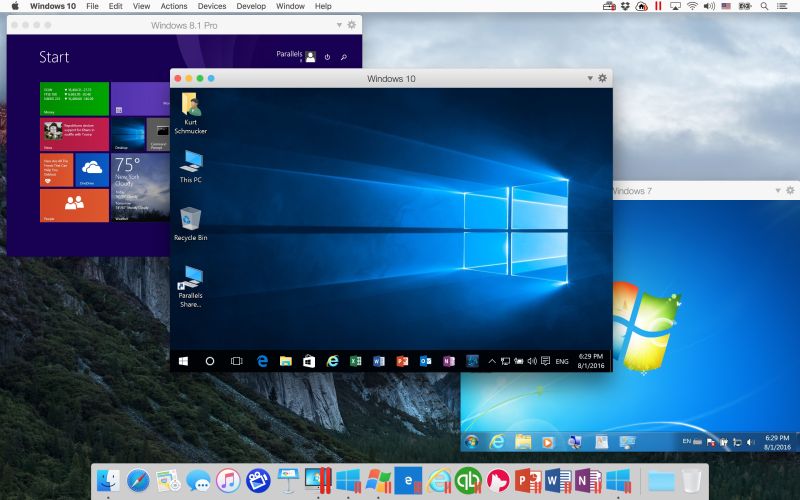 Die Jagd nach Pokémon auf dem Kölner Messegelände war nicht erfolgreich! Stattdessen konnte sich die Redaktion spannende Spiele anschauen - und einen Plüschfisch mitgrillen. (Gamescom 2016, Final Fantasy)
Die Jagd nach Pokémon auf dem Kölner Messegelände war nicht erfolgreich! Stattdessen konnte sich die Redaktion spannende Spiele anschauen - und einen Plüschfisch mitgrillen. (Gamescom 2016, Final Fantasy) Gamescom-Tagesrückblick im Video: Von Plüschfischen und Pokémon
Die Jagd nach Pokémon auf dem Kölner Messegelände war nicht erfolgreich! Stattdessen konnte sich die Redaktion spannende Spiele anschauen – und einen Plüschfisch mitgrillen. (Gamescom 2016, Final Fantasy)
 Die Jagd nach Pokémon auf dem Kölner Messegelände war nicht erfolgreich! Stattdessen konnte sich die Redaktion spannende Spiele anschauen - und einen Plüschfisch mitgrillen. (Gamescom 2016, Final Fantasy)
Die Jagd nach Pokémon auf dem Kölner Messegelände war nicht erfolgreich! Stattdessen konnte sich die Redaktion spannende Spiele anschauen - und einen Plüschfisch mitgrillen. (Gamescom 2016, Final Fantasy)  Lenovo hat auf der Gamescom neue Gaming-Hardware gezeigt. Die Höhepunkte: ein Mini-PC mit Tragegriff für die LAN-Party und ein All-in-One-PC mit 4K-Display und einer Nvidia GTX 1080. (
Lenovo hat auf der Gamescom neue Gaming-Hardware gezeigt. Die Höhepunkte: ein Mini-PC mit Tragegriff für die LAN-Party und ein All-in-One-PC mit 4K-Display und einer Nvidia GTX 1080. ( Bei der Verteidigung gegen außerirdische Invasoren sind alle Mittel erlaubt. In Prey von Bethesda gehört die Tarnung als Kaffeetasse, Stuhl oder Hightechgerät dazu. (
Bei der Verteidigung gegen außerirdische Invasoren sind alle Mittel erlaubt. In Prey von Bethesda gehört die Tarnung als Kaffeetasse, Stuhl oder Hightechgerät dazu. ( Flott und klein: Die neue Atom-Generation liefert viel Leistung, wenngleich sie nicht übermäßig sparsam ist. Das erklärt wohl, warum Intel die Broxton-Chips in der Maker-Szene verortet. (
Flott und klein: Die neue Atom-Generation liefert viel Leistung, wenngleich sie nicht übermäßig sparsam ist. Das erklärt wohl, warum Intel die Broxton-Chips in der Maker-Szene verortet. ( E-Sport hat einen neuen Befürworter in der Politik: Der netzpolitische Arbeitskreis der CSU will sich für die Anerkennung des professionellen Videospielens als Sportart stark machen. In den vergangenen Wochen ist ein deutscher E-Sport-Verband gegründet worden. (
E-Sport hat einen neuen Befürworter in der Politik: Der netzpolitische Arbeitskreis der CSU will sich für die Anerkennung des professionellen Videospielens als Sportart stark machen. In den vergangenen Wochen ist ein deutscher E-Sport-Verband gegründet worden. ( Auch ohne Stardesigner Hideo Kojima geht Metal Gear bei Konami weiter. Survive spielt im Alternativuniversum und setzt auf Koop-Action und -Schleichen. (
Auch ohne Stardesigner Hideo Kojima geht Metal Gear bei Konami weiter. Survive spielt im Alternativuniversum und setzt auf Koop-Action und -Schleichen. (

